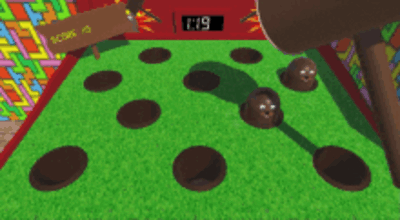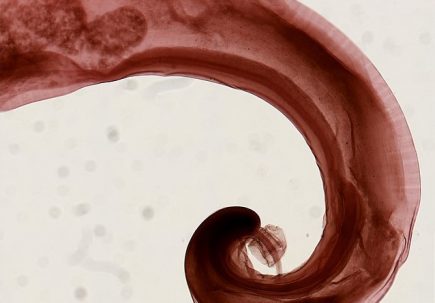Category: Co-infection
Eight patients with SARS-CoV-2 and MERS coinfection
Saudi scientists have reported that eight ICU patients with a SARS-CoV-2 and MERS coinfection were detected in 2020. More...
Coinfection with influenza and RSV creates a new type of virus pathogen
An article in Nature Microbiology describes how a coinfection of influenza A and RSV can create never before seen hybrid virus particles. More...
Italy: Monkeypox, SARS-CoV-2 AND HIV co-infection
“In this study we present the clinical features and diagnostic procedure of the first documented case of co-infection with monkeypox virus, SARS-CoV-2 and HIV-1”. More...
France: XD Deltacron recombinant latest *1 UPDATE*
France has given a little more detail about the Deltacron hybrid virus found circulating in various regions there. More...
Preprint: Evidence for Delta and Omicron recombination in the US
We also identified two independent cases of infection by a Delta-Omicron recombinant virus, where 100% of the viral RNA came from one clonal recombinant. More...
France: At least 10 cases of BA.1/AY.4 Deltacron recombinants confirmed
As of 01/21/2022, 10 sequences that may correspond to a Delta/Omicron recombinant have been identified in France… this recombinant has potentially already been circulating at very low levels since mid-January. More...
UK SAGE: Four scenarios for the evolution of the pandemic
UK SAGE have recently published a document outlining four different scenarios for the evolution of the pandemic in Britain. More...
Lancet: Patients co-infected with intestinal parasites had lower odds of developing severe COVID-19
751 SARS-CoV-2 infected patients with intestinal parasitic infection were enrolled. More...
Italy: 2 cases of Deltacron reported, but they’re NOT recombinant variants
Two Deltacron cases have been reported in Italy, one in Padua and the other in Trento. More...
Is Sars-CoV-2 already targeting the vaccinated?
Will future variants of Sars-Cov-2 tailor themselves to target the vaccinated? More...









